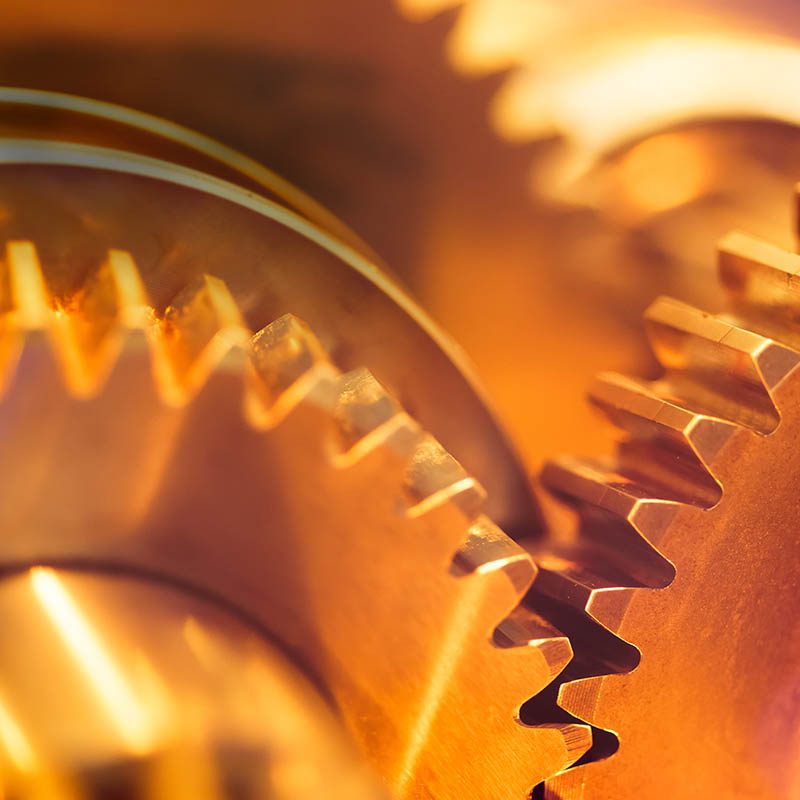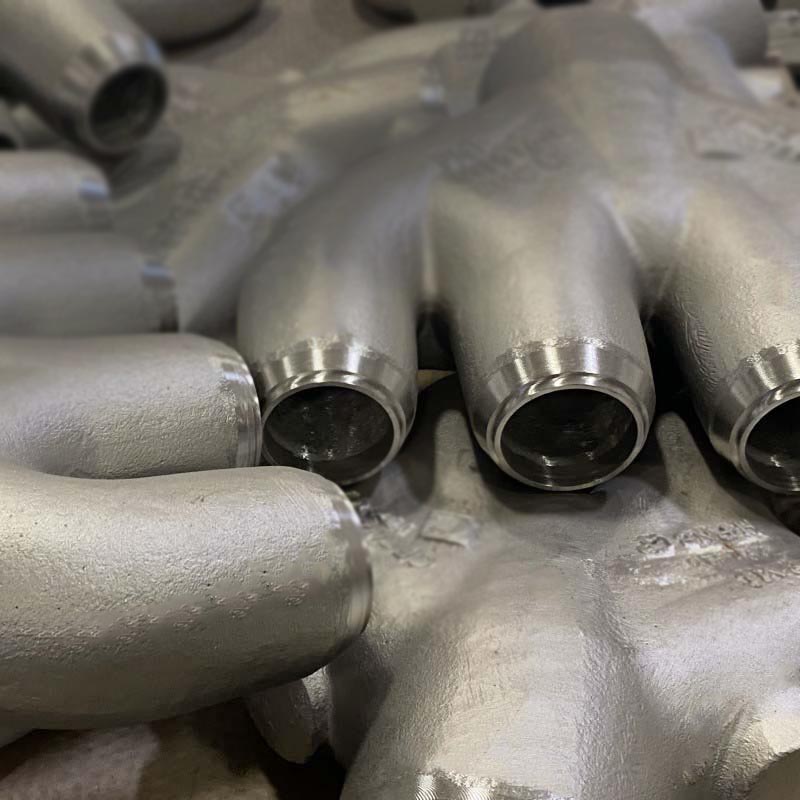Overview
CN3MN, also known as MTEK 6XN, is a super austenitic stainless steel that offers exceptional corrosion resistance, even in the most challenging environments. This alloy excels in resisting various forms of corrosion, including chloride-induced stress corrosion cracking, crevice corrosion, and pitting corrosion, making it suitable for exposure to acids, alkalis, and salt solutions. With a composition of up to 25.5% nickel and 22% chromium, CN3MN surpasses the corrosion resistance of typical austenitic stainless steels. Its enhanced resistance to localized corrosion, combined with its good mechanical properties, makes CN3MN a valuable choice for applications in chemical processing, marine environments, and other demanding industries where superior corrosion resistance is critical.
Typical Uses
Pump and valve components, desalination equipment, oil & gas applications, pulp & paper rolls, and chemical processing equipment.
MetalTek Designation
MTEK 6XN
Poured At:
Carondelet Division, Sandusky International Division, Wisconsin Centrifugal Division, Wisconsin Investcast Division
* Patented or restricted alloys are produced under licenses from their respective owner.
Similar Specifications
Cast UNS: J94651
Wrought UNS: N08367
Wrought Grade: AL6XN®
Cast Grade: CN3MN
Cast ASTM: A743, A744
Typical Chemical Composition (% by wt.)
Aluminum: n/a
Carbon: 0.03
Chromium: 20-22
Manganese: 2
Iron: n/a
Copper: n/a
Nickel: 23.5-25.5
Lead: n/a
Tin: n/a
Silicon: 1
Zinc: n/a
Other: Mo 6-7; N 0.18-0.26
Minimum Mechanical Properties
Heat Treatment: Solution Anneal
Frequently Asked Questions
Super austenitic steel is a high-alloy stainless steel with enhanced levels of chromium, molybdenum, and nitrogen, providing superior resistance to chloride-induced corrosion.
Used in desalination plants, offshore platforms, chemical processing, marine equipment, and pulp & paper industries where high chloride or acidic environments are present.
Super austenitic steels offer higher molybdenum and nitrogen levels than standard austenitic steels, improving their resistance to pitting, crevice, and stress corrosion.
Benefits include exceptional resistance to aggressive environments, high strength, extended life in chloride-rich applications, and suitability for welding and fabrication.
Its high levels of molybdenum, chromium, and nitrogen promote the formation of a passive oxide layer that protects against localized and general corrosion.
Grades such as 254SMO and AL-6XN are considered super austenitic stainless steels, offering premium corrosion resistance in extreme environments.



